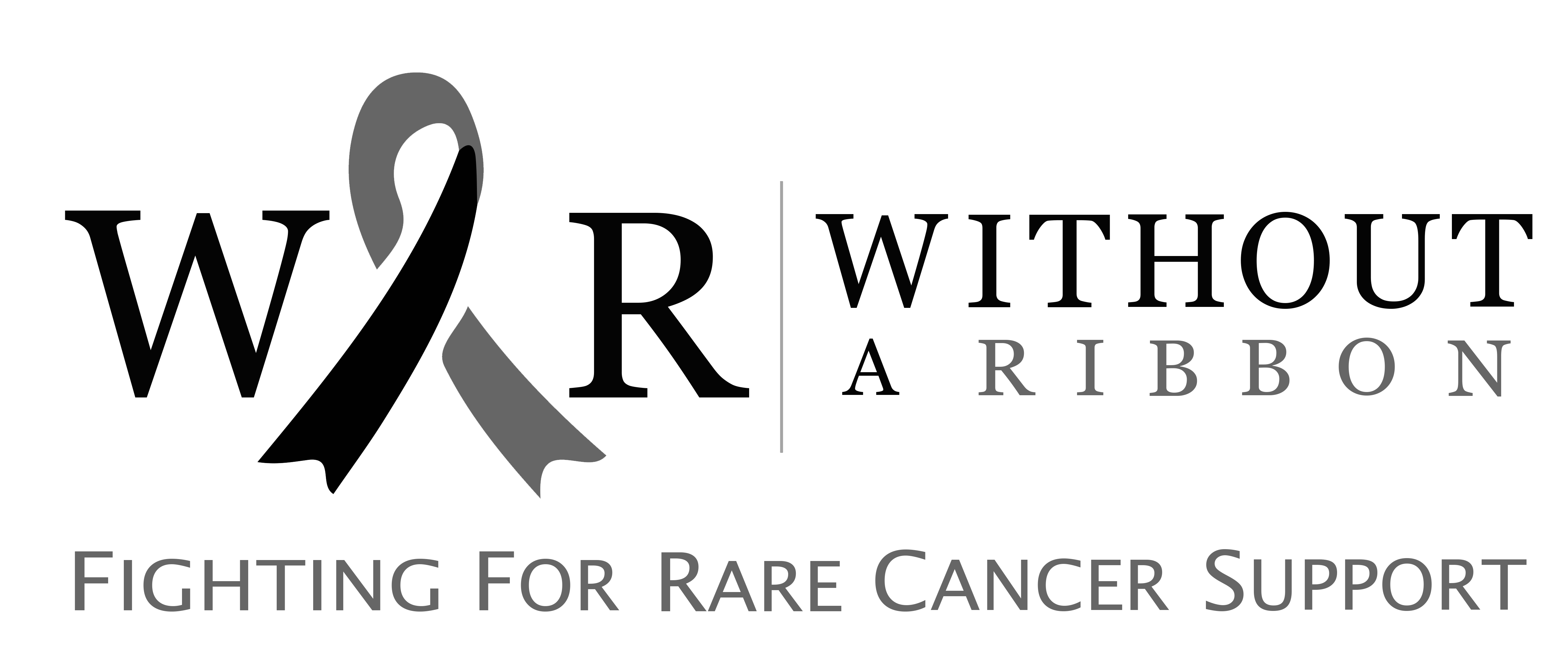What is Primary Paratesticular Sarcoma?
Primary paratesticular sarcoma is a very rare type of cancer that develops in the paratesticular region, which includes the tissues surrounding the testicle such as the spermatic cord, epididymis, and supportive soft tissues. Unlike testicular cancer that arises from the testicle itself, paratesticular sarcomas originate from connective tissues in this area.
They can occur in both children and adults, but most cases are seen in middle-aged men. Because of their location, these tumours are often mistaken for more common scrotal conditions like hernias or hydroceles.
Causes and Risk Factors
The exact cause of paratesticular sarcoma is not well understood. These tumours arise from abnormal growth of mesenchymal or connective tissue cells. Certain subtypes include rhabdomyosarcoma, liposarcoma, and leiomyosarcoma, each developing from different tissue types.
There are no clearly defined risk factors, although prior exposure to radiation, family history of sarcomas, and certain genetic conditions may increase susceptibility. In many patients, however, the disease develops without any known cause.
Symptoms
The most common symptom is a painless mass or swelling in the scrotum or groin. Because the tumour grows slowly at first, men may not notice it until it becomes large. Unlike testicular cancer, the testicle itself often feels normal. Some patients may experience a dragging sensation, discomfort, or fullness in the groin. In advanced cases, the tumour may grow rapidly and cause pain, difficulty walking, or pressure on nearby structures.
Diagnosis
Diagnosis starts with a physical examination, where a firm lump outside the testicle is detected. Ultrasound is usually the first imaging test, as it helps determine whether the mass arises from the testicle or the paratesticular tissues. CT or MRI scans are then used to assess the size, extent, and spread of the tumour.
A biopsy is required for confirmation, and microscopic analysis identifies the exact sarcoma subtype. Since these tumours can mimic benign scrotal conditions, accurate diagnosis is essential.
Treatment
The cornerstone of treatment is surgery, with complete removal of the tumour and surrounding tissues to prevent recurrence. In many cases, a radical inguinal orchiectomy, which removes the spermatic cord and testicle along with the tumour, is performed.
Depending on the sarcoma subtype and stage, additional treatments such as radiotherapy or chemotherapy may be recommended. Rhabdomyosarcoma in children, for example, often requires chemotherapy, while liposarcoma in adults may be managed mainly with surgery.
Prognosis
The outcome for primary paratesticular sarcoma depends on the tumour type, size, and whether it has spread. If detected early and completely removed, the prognosis can be favourable. However, larger tumours or those that recur have a poorer outlook. Regular follow-up is very important, as sarcomas are known for coming back even after successful surgery. Advances in treatment are helping improve survival, especially when a multidisciplinary approach is used.
You can help us with your donation:
Without a Ribbon is a charity that works hard to aid those who suffer from rare cancers. You can help our cause in a variety of ways:

